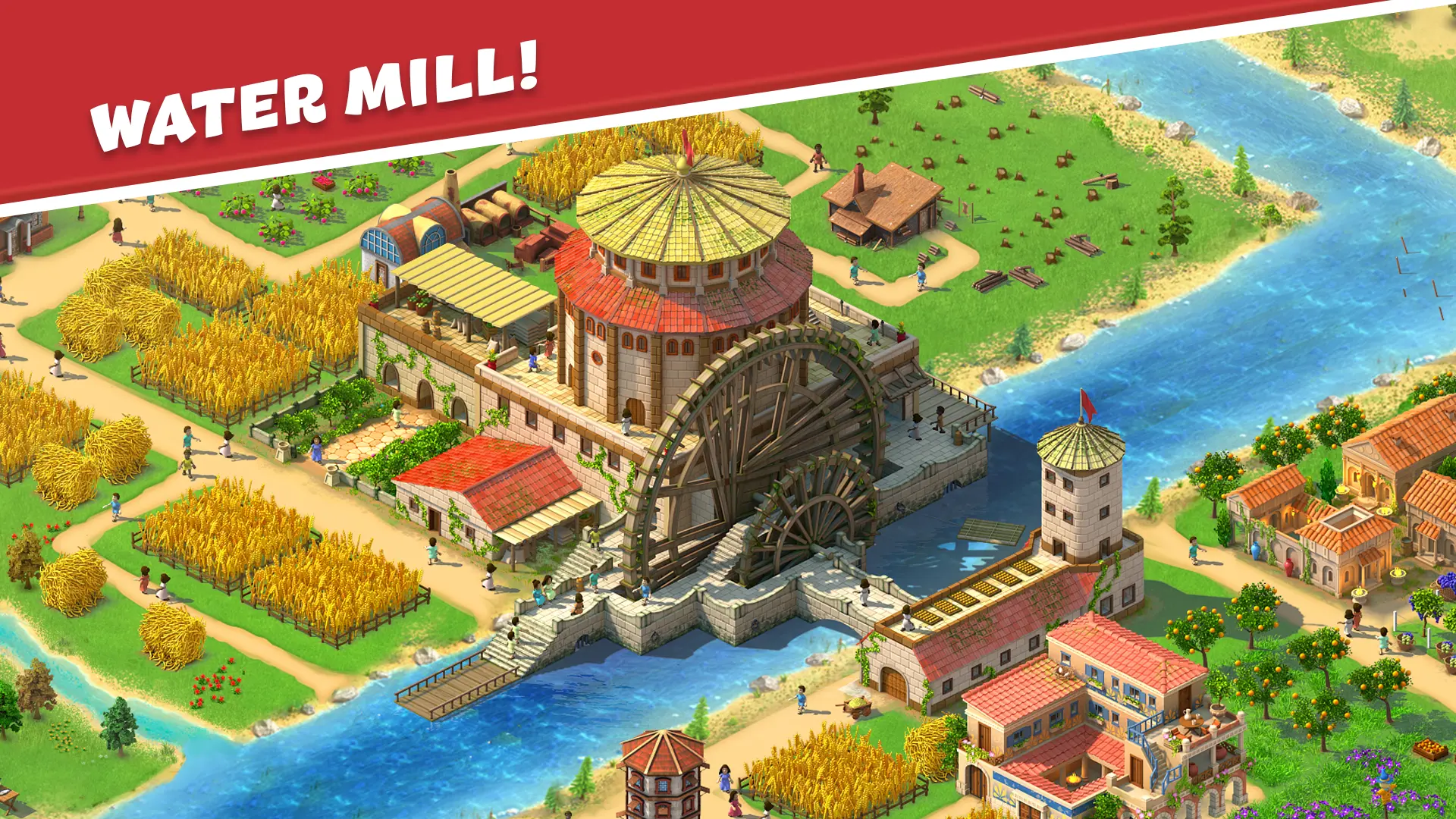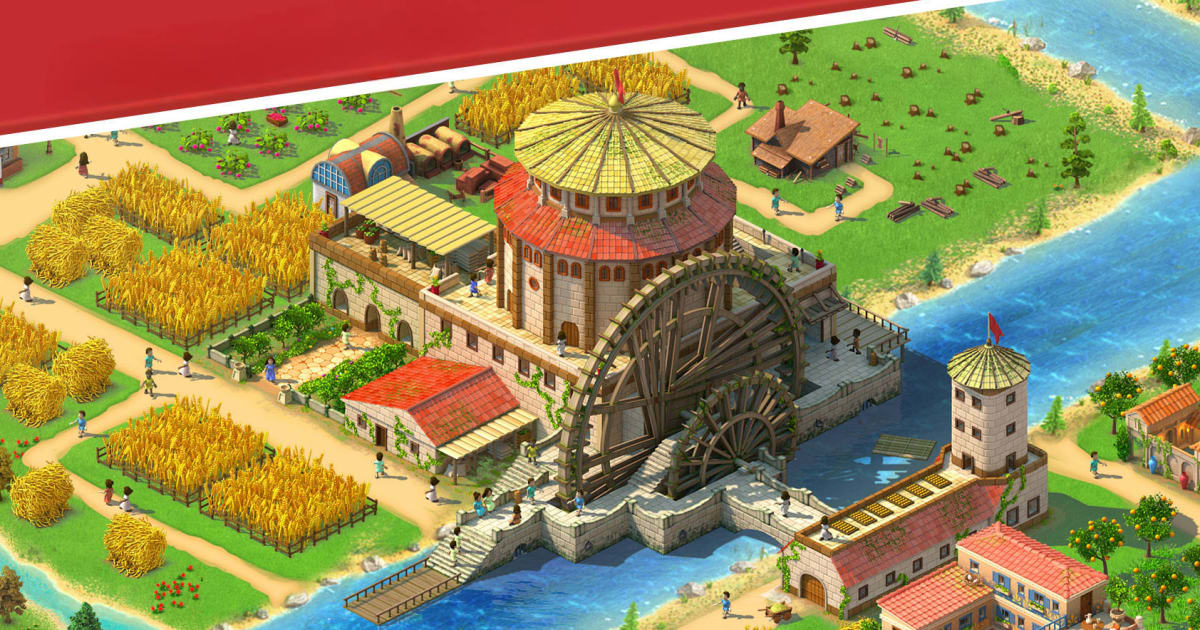A Beginner’s Guide To Empire City: Build and Conquer

Empire City: Build and Conquer immerses players in the challenge of constructing and managing a flourishing city in the ancient world. The game’s systems encourage careful planning, strategic upgrades, and resourceful management at every step. Players interact with in-game guides through well-scripted story moments, learning the critical details that underpin the entire gameplay experience. In this beginner’s guide, we’ll show you how the game’s basic mechanics work and set you on the path to building a historic city!
Laying the Foundations for Success
Your journey begins with the placement of residential buildings and roads. In Empire City, road connectivity determines whether a building will function properly. The game’s initial tutorial emphasizes the need to connect every house, workshop, and resource center to a paved road, making careful city-wide infrastructure a top priority.
As you build and expand, it’s vital to reserve space for larger future structures and plan your road network with branching pathways to prevent bottlenecks and to prepare for scaling production. Residential buildings like the Rustic House—and later, Wealthy and Urban Houses—form the backbone of your economy, providing both citizens and coins that fuel ongoing growth.

Resource Production and Building Upgrades
Resources are the heart of Empire City’s growth. Early tasks guide you through collecting clay, water, wood, and stone, all of which are required for both constructing and upgrading your first buildings. Quarries, workshops, and warehouses are all unlocked gradually, each with specific processes for refining raw materials into advanced products such as clay mixtures or processed wood. As you progress, building upgrades demand more processed resources and introduce new production mechanics, so it pays to balance your residential, industrial, and administrative construction wisely.
Workshops need to be efficiently placed, supplied, and upgraded to match your expanding city’s needs. Gems can be used for instant upgrades or production shortcuts, but they should be saved for the most complex projects or time-critical builds. Managing gem use alongside raw resources is a strategy that rewards patience and forethought.

How to Expand with Workshops
Workshops in Empire City are core to unlocking advanced materials and streamlining production. As your city grows, several types of workshops become available, each requiring a specific city level and investment. The sequence and location of your workshops can greatly influence your production chain and the pace of your expansion.
- Processing Workshop: The first workshop you unlock, vital for converting basic resources like wood and clay into usable construction materials.
- Construction Workshop: Allows you to create more complex items needed for upgrading key structures.
- Tool Workshop: Necessary for crafting tools that support quarry and mining operations.
- Mining Workshop: Unlocks higher-level resource extraction and processed minerals.
- Engineering and Blacksmith Workshops: Enable production of specialized items important for civic projects and advanced buildings.
- Weaving and Agricultural Manufactories: These unlock as your city matures, broadening the economic base and supporting future expansion.
By strategically unlocking and upgrading workshops, players can ensure a steady flow of advanced materials, avoid bottlenecks, and stay prepared for high-level infrastructure projects.

Navigating Tasks, Projects, and Expansion
Beyond individual building management, Empire City offers daily tasks and special projects that mark major progression milestones. Tasks offer rewards like coins, experience stars, and processed materials for upgrading, while larger projects require more planning and resources. Expanding into new districts, building landmarks like the Basilica and Colosseum, and unlocking major infrastructure improvements all require strategic investment of both materials and coin. Carefully tracking these milestones and planning city growth ensures you’re ready when critical projects become available, transforming your city into a sprawling, vibrant metropolis.
Administrative buildings such as the Basilica are pivotal. They enable tax collection and civic management, unlocking further governance features and providing significant boosts to your city’s economy and progression options. Constructing these should be a priority as soon as materials and conditions allow.

Boosters, Marketplace, and the Imperium Pass
Workshop productivity can be elevated with boosters, which provide temporary increases to production speed and volume. Deploy these sparingly for tough builds or critical resource surges. Similarly, the warehouse needs periodic upgrades to support bulk production, and the Imperium Pass adds huge value with automation, daily chests, and larger market sale options.
When deciding how to optimize these features:
- Use boosters to meet the requirements for urgent tasks or when backups in the production chain occur.
- Expand your warehouse regularly to keep pace with increased production output.
- Invest in the Imperium Pass if you seek daily rewards, production automation, and advanced storage options that accelerate city growth.
- Monitor the marketplace to maximize your trading efficiency and adjust prices for best returns.
Players who use these systems thoughtfully enjoy smoother progress and fewer slowdowns as their city expands into new districts and project areas.

Empire City: Build and Conquer rewards careful initial planning, balanced resource management, and strategic completion of daily and project goals. From road networks and efficient workshops to smart trading and effective boosters, every detail you master contributes to building not just a city, but a lasting empire. Let each milestone be a step toward realizing your vision for a bustling metropolis rich in history and culture. For the best gaming experience, play Empire City: Build and Conquer on BlueStacks!















